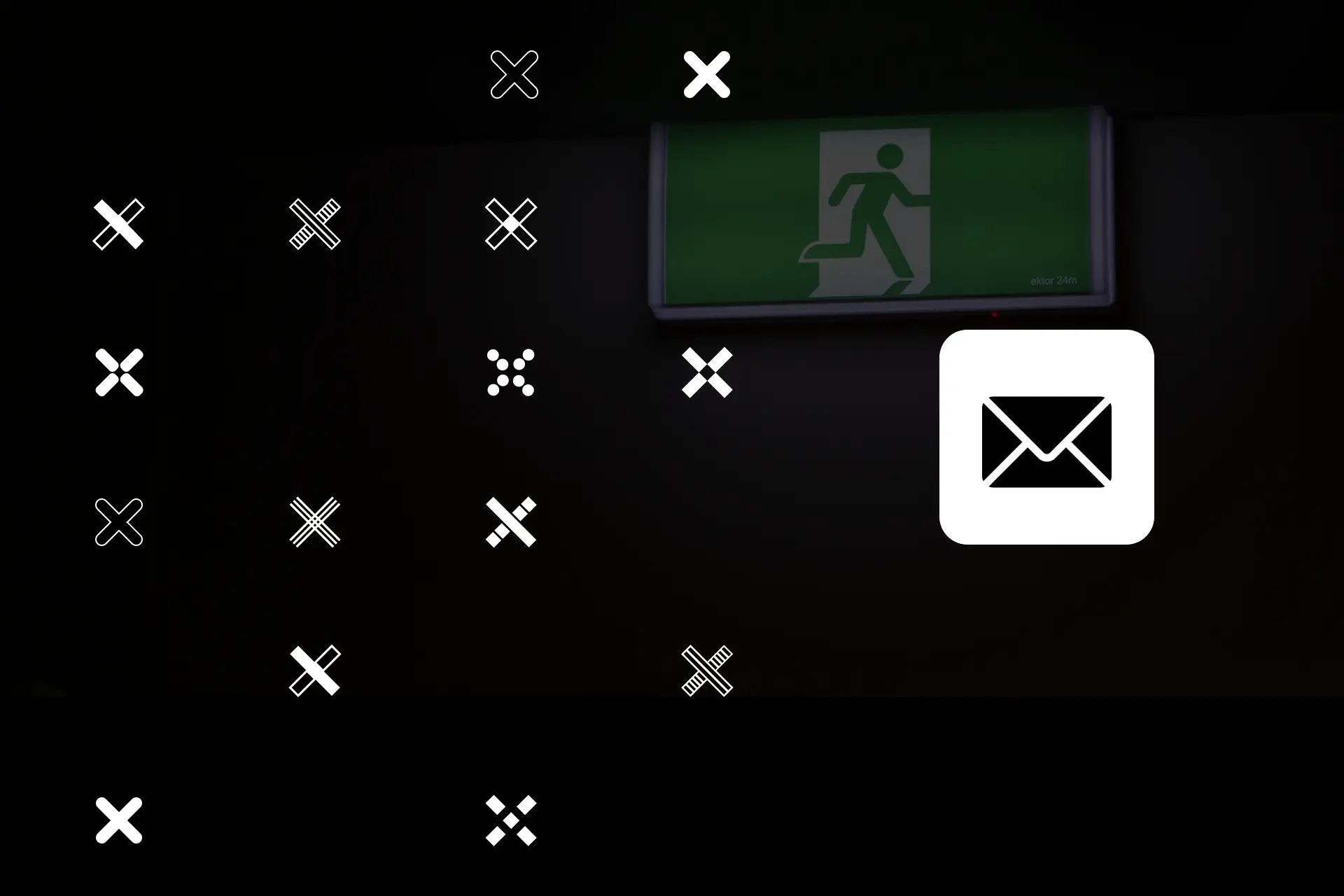Rethinking abandonment emails with intent

Abandoned cart emails are often seen as the gold standard for CRM success. They’re easy to set up, look great in reports, and are widely viewed as a no-brainer for driving conversions. But here’s the uncomfortable truth: they’re not the silver bullet we’ve been treating them as.
Most retailers rely on them as a core tactic. Yet the reality is they only reach a small fraction of abandoners. These are the people you’ve identified and secured permission to email. Even when these emails land in a shopper’s inbox, the moment has often passed. It’s like walking out of a store and having the assistant chase you down the high street an hour later. That window to influence the decision has already closed.
To make matters worse, customers have learned how to game the system. Many now abandon carts deliberately to trigger a discount code. According to our Intent Gap research, 83% of online shoppers have used a discount code even when they were ready to pay full price. That’s margin erosion, but also proof that current approaches are blunt, and shoppers know how to exploit them.
It’s time to rethink how we handle abandonment. And it starts with the emails themselves.
The status quo: Abandonment emails as the default fix
Abandoned cart emails feel like an easy win: a shopper adds something to their cart, leaves, and a templated flow comes to the rescue. Subject lines like “Forgot something?” or “Your cart misses you” flood inboxes, often paired with a discount to lure the customer back.
On the surface, these campaigns perform well. High open rates. Strong click-throughs. Solid ROI. But let’s not kid ourselves: those metrics don’t tell the whole story.
- Limited reach: Only a fraction of abandoners are identifiable and contactable.
- Delayed timing: By the time the email lands, the shopper’s attention has moved on. Or worse, they’ve bought from a competitor.
- Added friction: Unless you’ve captured an email address and marketing consent, most visitors are already out of reach.
- Predictable patterns: Shoppers now anticipate these emails and wait for discounts.
- Generic messaging: Emails rarely account for why someone abandoned in the first place.
If we’re honest, these emails are less of a personalised recovery tactic and more of a reactive safety net. And safety nets don’t work for everyone.
The Problem: Why they fall short
There’s no denying abandoned cart emails deliver some results. But they’re flawed:
- Low impact at scale: Most shoppers won’t even see one. No email means no campaign.
- Lack of context: “You left something behind” doesn’t consider intent. Were they comparing prices? Still browsing? Waiting for payday?
- Delay kills momentum: The longer you wait, the colder the lead gets. What felt relevant in the moment quickly becomes noise.
- Margin drain: Blanket discounts train customers to delay purchases and wait for incentives.
These emails aren’t inherently bad. But in their current form, they’re blunt and reactive. They’re also increasingly easy for shoppers to tune out or exploit.
The Reframe: Fix the email, then think bigger
We don’t need to throw out abandoned cart emails. But we do need to evolve them.
Start by making them smarter:
- Segment for context: A high-intent abandoner may only need reassurance. A low-intent visitor might require education or a compelling USP.
- Time with care: Not every shopper needs a follow-up within an hour. Some need space.
- Rethink the content: Shift from discount-first to value-first messaging. Highlight free returns, flexible payments, or social proof instead.
This isn’t theoretical. One UK high-street jeweller used intent data to personalise abandonment emails, tailoring content and timing to match each visitor’s mindset. The result? A 12% uplift in click-through rates and a strategy that felt more like a conversation than a conversion ploy. Read the full story here.
But even the smartest emails have their limits. If we know when and why a shopper is about to abandon, why wait until they’ve left to act?
Every abandonment email is, by definition, too late. The shopper has already gone. That’s why leading retailers are complementing smarter emails with in-session interventions.
With real-time intent data, you can:
- Detect when a shopper is hesitating in the cart.
- Surface supportive messaging before they leave (e.g., save-for-later prompts or delivery reassurance).
- Reserve discounts for visitors showing exit signals, rather than everyone.
This approach doesn’t just recover abandoners; it prevents abandonment in the first place. And because interventions happen in the moment, they feel like help rather than a hard sell.
Future Vision: Abandonment reimagined
Abandoned cart emails still have their place. But they’re no longer enough on their own.
The smarter play combines:
- Smarter emails: Contextual, well-timed, and less reliant on discounts.
- In-session interventions: Adaptive experiences that engage all abandoners, not just the small percentage you can email.
It’s a shift from generic flows to contextual journeys. From chasing abandoners to understanding them. From reactive tactics to proactive engagement.
And when you get this right, abandonment isn’t just reduced. It’s transformed.
Ready to rethink your abandonment tactics? Learn how intent makes abandonment emails more impactful or read our article on getting started with intent-based abandonment.

.png)